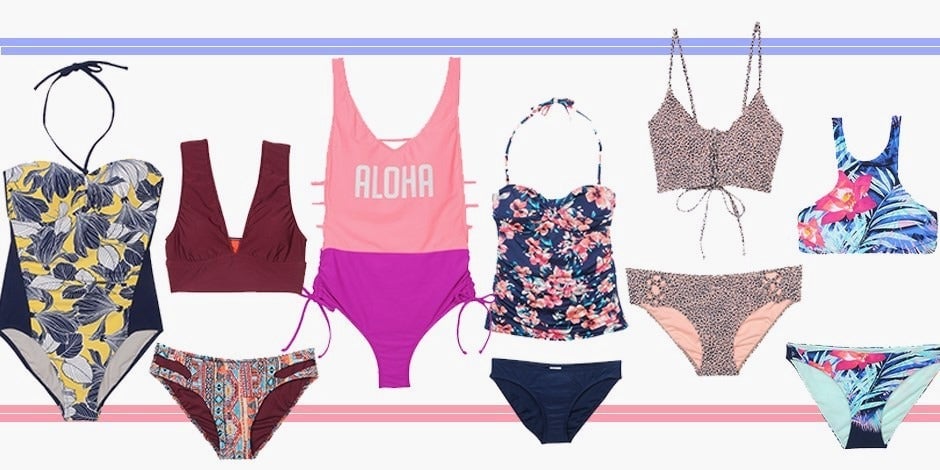A new crop of swimsuit imagery is embracing stretch marks, not hiding them
Stretch marks are a natural and unavoidable part of life for countless women, but you wouldn’t know that from most fashion imagery. Markings of any sort are routinely photoshopped off bodies, leaving them inhumanly smooth. Women can wind up feeling like their own marks are an aberration, rather than a normal occurrence.


Stretch marks are a natural and unavoidable part of life for countless women, but you wouldn’t know that from most fashion imagery. Markings of any sort are routinely photoshopped off bodies, leaving them inhumanly smooth. Women can wind up feeling like their own marks are an aberration, rather than a normal occurrence.
But a new crop of body-positive photography that foregoes the usual retouching and doesn’t try to hide models’ stretch marks is popping up among in the marketing materials of some fashion retailers. Both UK ecommerce site ASOS and US retailer Target, for instance, have recently released swimsuit ads with images that don’t shy away from stretch marks, and many women have been thrilled to see the new approach.
One woman’s June 28 tweet praising ASOS for not airbrushing out stretch marks has now been retweeted more than 52,000 times. Another with more images from ASOS’ site has been retweeted more than 8,000 times.
Some have still criticized ASOS for the thinness of its swimsuit models generally. Un-retouched or not, most of those on its site are still skinnier than average. The brand also recently drew fire for labeling a UK size 10 as “Large,” which some shoppers saw as a form of body shaming, though ASOS said it was a technical glitch. But more broadly, the brand does have a history of embracing a range of body sizes, even in the case of swimsuits.

Target unveiled its own body-positive swimwear campaign in March. “We wanted to represent swim in a way that’s true-to-life, and traditional retouching just didn’t jibe with that idea,” the company said. In the images, Target skipped the usual steps of reshaping a models’ curves and editing out stretch marks.
The push toward body positivity has been gaining momentum in skin-baring categories such as swimwear and lingerie for a few years. Lingerie label Aerie said its sales surged after it stopped retouching its ads, and Lane Bryant took on Victoria’s Secret’s group of supermodel “angels” a few years ago with a body-positive advertising campaign featuring curvy models by the name of #ImNoAngel.
For any number of women who live in an un-photoshopped world, images of models with markings and natural variations on their bodies have been a welcome addition to the normal run of highly manufactured fashion photography.